Philippe Van Snick | dynamic project
22|10|2022 - 5|03|2023
S.M.A.K. museum | Gent, Belgium
dynamic project showcases the wide-ranging oeuvre of Philippe Van Snick (Ghent, 1946 – Brussels, 2019). The exhibition is structured around ten clusters, a reference to the decimal system (0-9) that is intrinsic to Philippe Van Snick’s work. As an artist, he observed the complexity of life and the world around him. He translated his insights and reflections into a simplified visual language.
In the exhibition rooms, key works alternate with surprising and lesser-known ones. It is almost impossible to categorise Philippe Van Snick’s oeuvre due to the urge for freedom, openness and non-conformism that it expresses.
photo credit|: S.M.A.K. museumVan Snick integrated a varying system into his methodology, one that is both mathematical and poetic in nature. As early as the 1970s, he developed his own alphabet consisting of the ten numbers (0-9) and a consistent, clear, ten-colour palette. This colour scheme includes primary colours (red, yellow and blue), secondary colours (orange, green and violet), non-colours (white and black) and material colours (gold and silver). He later added light blue. Van Snick used materials and techniques economically in favour of a concentrated visual language.
Philippe Van Snick’s oeuvre shows no abrupt stylistic breaks. It is more a meandering process of reflection in which his intentions become visible. His works are characterised by a personal note, an understated artistic gesture and the echo of vulnerability. Special attention is paid to Van Snick’s intimate living environment in Brussels, his garden and home in France, and his lifelong fascination with the beautiful structures and cycles of nature. He instinctively played with natural elements in his work, which he complemented with geometric interventions.
dynamic project presents Van Snick’s first sculptural analyses and his mathematics-based explorations of time and space. Also on view are conceptual photographs and short films. The exhibition reflects on Van Snick’s later experiments with colour, in which he started mixing the ten shades. This gave rise to a more nuanced colour palette that was even closer to his internal world, while also building on his interest in the landscape, the external realm.
Philippe Van Snick’s artistic production also includes many innovative and permanent public art projects.
Curators: Marta Mestre & Luk Lambrecht
*****
Biography
Philippe Van Snick (Ghent, 1946 – Brussels, 2019) is one of Belgium’s most important
contemporary artists. Combining the legacy of modern abstract art and the conceptual
art of the 1970s, his work explores a field of speculations on the perception of the world and life. Van Snick’s work has repeatedly been considered from the perspective of the fundamentals of painting, yet recent reviews of the oeuvre have shed light on his recurring experiments. These traverse a wide range of disciplines: conceptual photography, film, installation, artist books, and site-specific projects.Like a spiral, Philippe Van Snick’s work constantly unfolds from the infinitesimal to the infinite. His artistic proposals not only encompass mathematical rigor but also an experimental attitude that embraces the element of chance in life. They are poetic and unconventional, at once tense and airy, empathetic and yearning for the world, still and dynamic. Van Snick created his first works after graduating from the Royal Academy of Fine Arts in Ghent: abstract ‘white’ paintings, drawings and installations. At the end of the 1960s, he participated in the 6th Paris Biennale at the Musée d ́Art Moderne de la Ville de Paris. He soon emerged as one of the most promising artists of his generation. In the midst of the cultural and political upheavals of the 1970s, his affinity with the
conceptual art of the time prompted him to study communication theory, indeterminacy, and physics. This, in turn, propelled him towards a ‘dynamic’ worldview. He exhibited in leading museums and galleries in Antwerp and Brussels, such as the X-One Gallery, the Wide White Space and Plus Kern, together with artists such as Daniel Buren, David Lamelas, Ian Wilson and Raoul De Keyser. Van Snick developed his ‘decimal system’ within the context of conceptual photography, creating simple works that addressed notions of time and duration,
everyday life and human action. The system, which makes his work unique, revolves
around a series of numbers composed of ten digits from 0 to 9, which can be endlessly
combined. Van Snick subsequently widened the scope of his practice by combining numbers and colours. He also turned to painting, using an abstract, minimal language that was recognised in the art world. Instead of slipping into a hermetic, self-referential formalism, Van Snick wanted to embrace the endless variations in the world, nature and human action. In his references, the playful legacy of concretism – in the guise of Georges Vantongerloo – is ever present in the background. Many of his projects attest to an affective worldview:a continuous ‘fair play’ between the subject and the conditions of perception and experience. Philippe Van Snick’s ‘grammar’ and his free spirit are revealed in his numerous projects, mainly in Brussels and Ghent, but also in Japan, Canada, Italy, the United Kingdom or Brazil. Amongst many other themes, his work is characterised by subjects such as duality Traditionele L-vormige kamer (1969) or Day | Nacht (1984, 1986); the instability of perception Polychrome Déstabilisé (1979) and Monochrome Déstabilisé 1980), or Pans de Sensation (2005-07); the microscopic and the cosmologicalInstability of Fundamentals (1990); and the place of the observer Territorium (1999and 2000).Throughout his artistic career, Philippe Van Snick dedicated himself to capturing theunstoppable rhythm and movement of nature. This determined his choice of arigorously conceptual visual language. He gained these experiences in the intimatesetting of his own garden, a domestic extension of his studio and life, and an importantplace for the contemplation of the essence of his work
S.M.A.K. museum
Jan Hoetplein 1
9000 Gent | BELGIUM
more here: https://smak.be
















































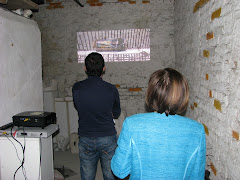














![exi[s]t>15 bulart](https://blogger.googleusercontent.com/img/b/R29vZ2xl/AVvXsEj67mt21mvAFC3VF_3QGzADB-5ZJJLBOlefD6Y8pi5z2e6HTMZztaHCi08vSOJ39mER-PcUmXUyHBnc-dMAq1t6MQe8reeNnIkyGKauFhd88y3NSvcsTLRlB1EdJQrefHryZQxK6-eDTvM/s240/buffet.jpg)
![exi[s]t>15 bulart](https://blogger.googleusercontent.com/img/b/R29vZ2xl/AVvXsEjuEe0w0gLW9nkOXAPGHqtkn89laZeWaQoLwvH2WVTEinKMw5RfqWwzcAkl1Ep27R6j1aYRF4BkiMX_juuZnGDNHyoHRCd65KHsXMg_Z_a3-tLG4OpCSHOlsj5hsPsh_htA6DEegu-Ubic/s240/P8250003.jpg)
![exi[s]t >15 bulart](https://blogger.googleusercontent.com/img/b/R29vZ2xl/AVvXsEg_O-oTzQ29LIVymZGSJUzpJCQYiu6VEztB6VkUPJmKb2VN5bRGpbURyj3-2M3Zz5JGtRjgwY_tr4qC-K21d5pKAzHZn9gYhbw2Vk7CPxb5unRin_828kpxYnzJbDa2Gkx6U1PFw2q1NDI/s150/P8250077.jpg)





















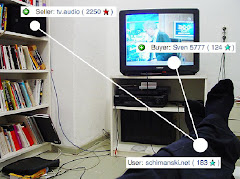














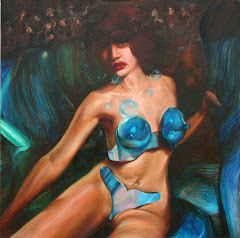





















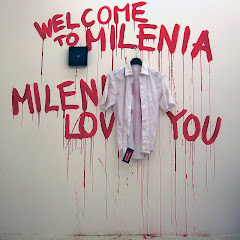

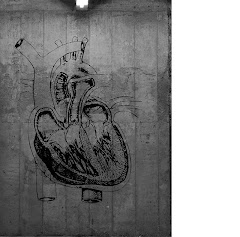







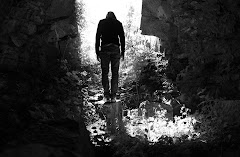



No comments:
Post a Comment